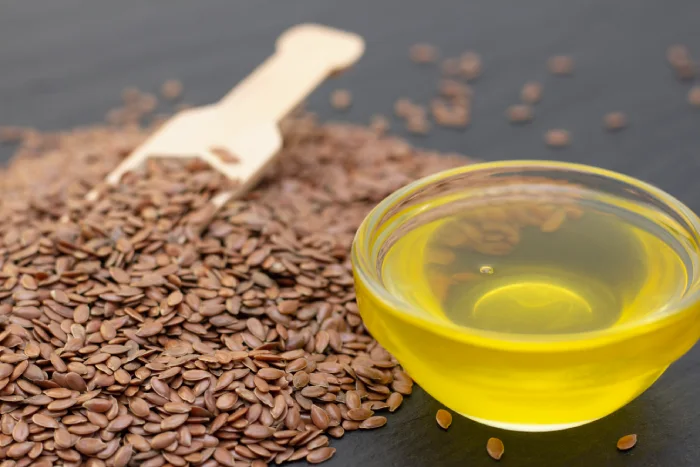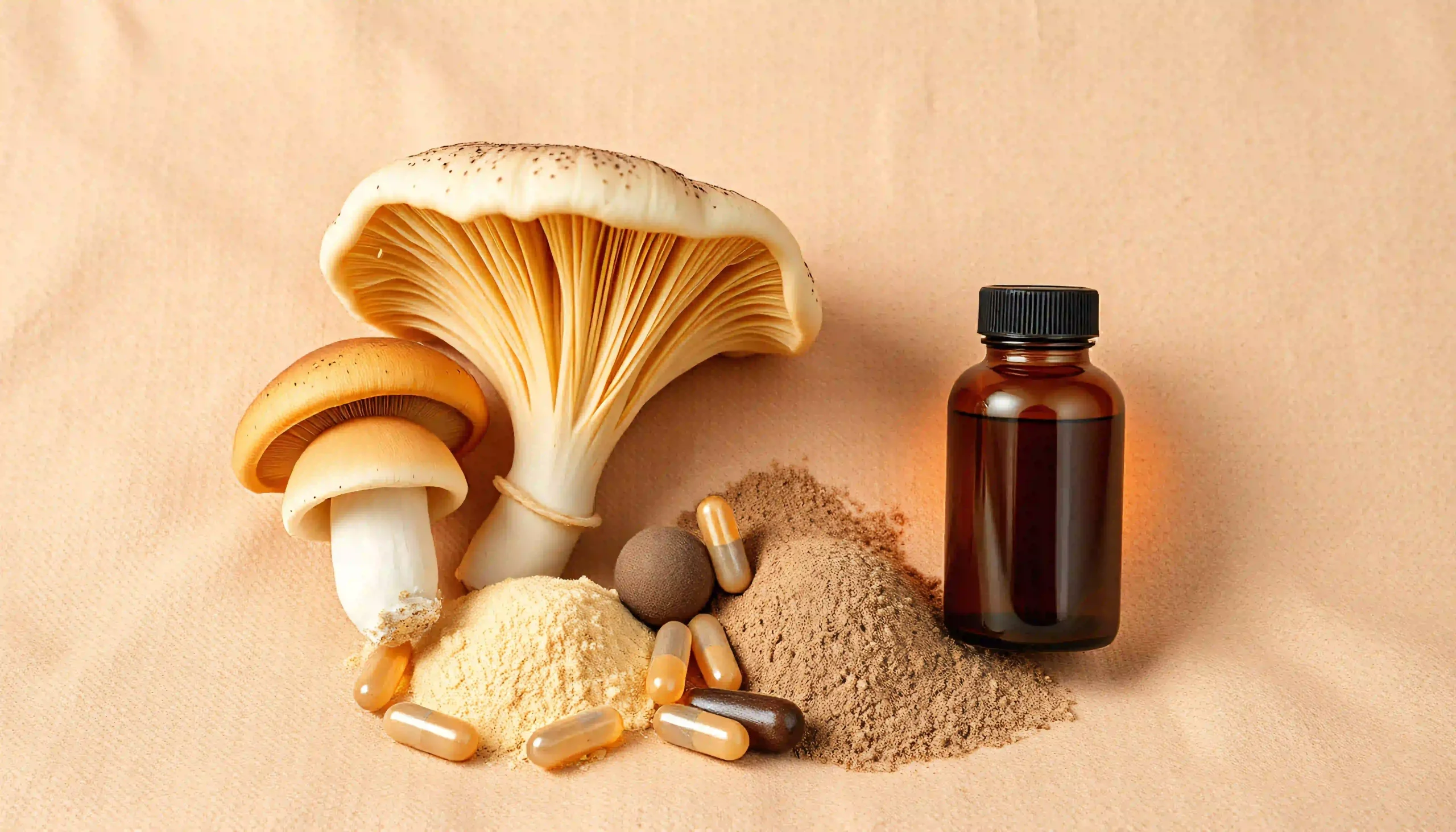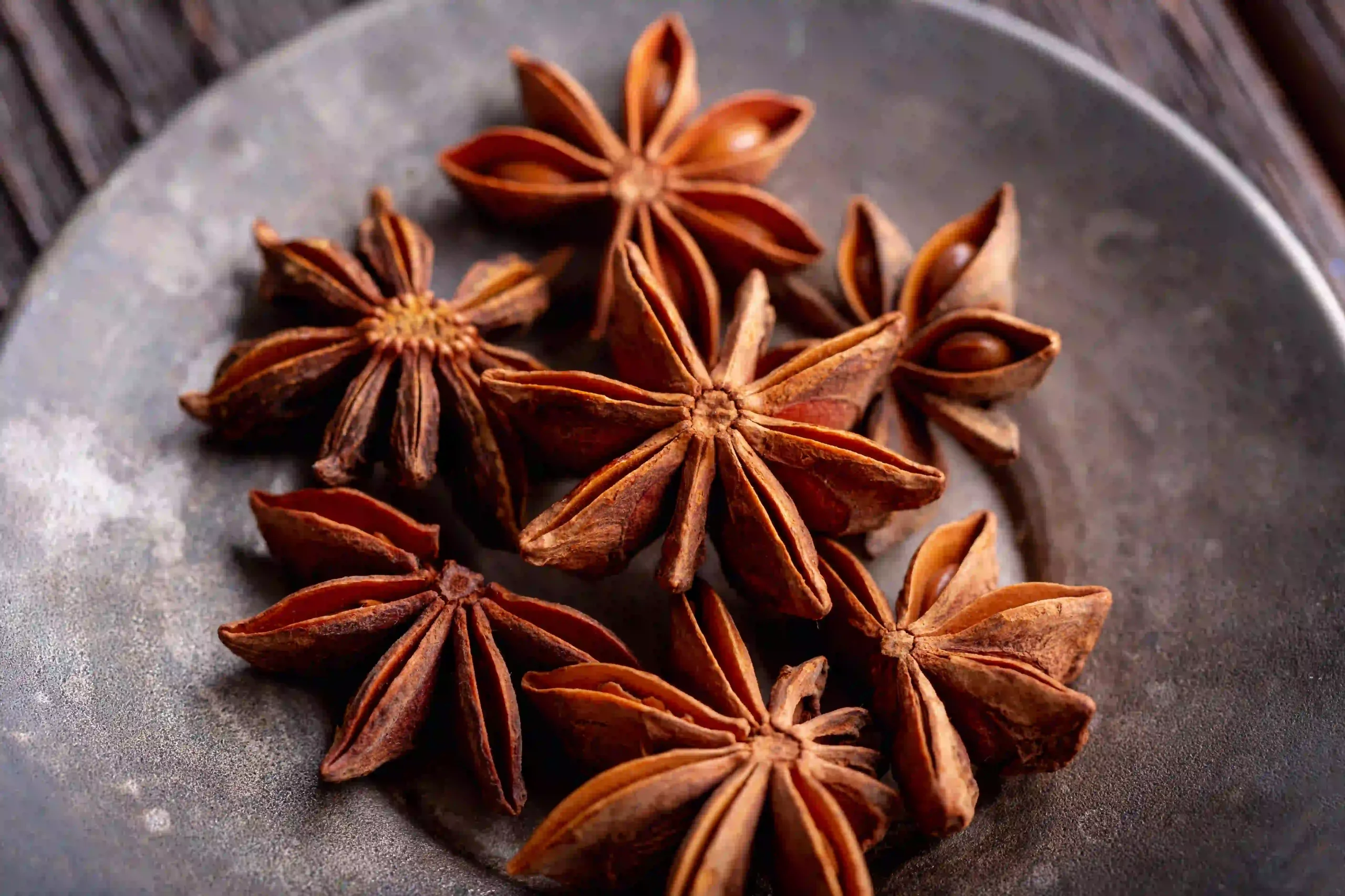What is Flaxseed and Its Historical Background
Origin and Plant Characteristics
Flaxseed, derived from the flax plant (Linum usitatissimum), has been cultivated for thousands of years, making it one of humanity’s oldest crops. This remarkable plant produces small, shiny seeds that range in color from golden to brown. While the flaxseed plant has been traditionally grown for both its fibers and seeds, today it’s primarily celebrated for its exceptional nutritional properties and versatile applications, particularly in the form of flaxseed gel.
Traditional Uses Across Cultures
Throughout history, various civilizations have recognized the value of flaxseed, using it not only as a food source but also for its medicinal properties. Ancient Egyptians used it in their textiles and medicine, while traditional European cultures incorporated it into their daily diets and healing practices. The ability to create flaxseed gel from these tiny seeds has been passed down through generations, with different cultures developing their own unique applications.

Understanding Flaxseed Gel Composition
Active Compounds and Nutrients
Flaxseed gel’s remarkable properties stem from its rich composition of beneficial compounds. The seeds contain a high concentration of soluble fiber, specifically mucilage, which forms the basis of flaxseed gel when combined with water. This gel contains:
- Omega-3 fatty acids (primarily alpha-linolenic acid)
- Lignans (powerful antioxidants)
- Protein (approximately 18%)
- Dietary fiber (both soluble and insoluble) These components contribute to the gel’s unique properties and health benefits.
How Gel Formation Occurs
The process of creating flaxseed gel is fascinating from a scientific standpoint. When whole flaxseed comes into contact with water, the outer layer of the seed releases mucilage, a natural polysaccharide that forms a thick, gel-like substance. This transformation is what makes flaxseed gel such a versatile ingredient in both beauty and culinary applications.
How to Make Flaxseed Gel at Home
Step-by-Step Instructions
Creating flaxseed gel at home is a straightforward process that requires minimal ingredients and equipment:
- Begin with 1/4 cup of whole flaxseed and 2 cups of filtered water
- Combine in a small saucepan and bring to a gentle boil
- Reduce heat and simmer for 15-20 minutes, stirring occasionally
- Watch for the characteristic gel-like consistency to develop
- Strain the mixture through a fine-mesh strainer or cheesecloth
- Allow the flaxseed gel to cool completely before use
Storage and Shelf Life Tips
Fresh flaxseed gel can be stored in an airtight container in the refrigerator for up to two weeks. To extend its shelf life:
- Use clean, sterilized containers
- Add a few drops of natural preservatives like vitamin E oil or rosemary essential oil
- Keep refrigerated between uses
- Watch for any changes in color, texture, or smell that might indicate spoilage
- Consider freezing portions in ice cube trays for longer storage
The versatility of flaxseed gel makes it a valuable addition to both beauty and culinary routines. Whether you’re using it as a natural hair styling product, a vegan egg substitute, or a base for face masks, understanding proper storage and preparation techniques ensures optimal results.
Nutritional Profile of Flaxseed
Essential Nutrients Breakdown
Understanding the nutritional composition of flaxseed helps explain why it’s considered a superfood. According to the flaxseed nutrition chart, one tablespoon (10g) of ground flaxseed contains:
- Calories: 50
- Protein: 1.8g
- Total Fat: 4.3g (including omega-3 fatty acids)
- Carbohydrates: 3g
- Fiber: 2.8g
- Lignans: 8-800 times more than other plant foods The high fiber content is particularly important, as it contributes to the formation of flaxseed gel when combined with water.
Comparison with Other Superfoods
When comparing flaxseed vs chia seed, both offer impressive nutritional profiles. While chia seeds are known for their protein content, flaxseed stands out for its higher concentration of omega-3 fatty acids and lignans. The ability to create flaxseed gel also makes it particularly versatile in various applications.
Beauty and Hair Care Applications
Flaxseed Gel for Hair Health
Flaxseed gel for hair has gained popularity as a natural styling product. Its benefits include:
- Providing long-lasting hold without crunchiness
- Defining curls and reducing frizz
- Promoting scalp health through omega-3 fatty acids
- Adding shine and moisture to hair strands Regular application of flaxseed gel can improve hair texture and manageability over time.
Face Masks and Skin Benefits
Creating a flaxseed face mask is a natural way to enhance skin health. The gel’s properties make it an excellent base for facial treatments:
- Anti-inflammatory effects help reduce skin redness
- Omega-3 fatty acids support skin barrier function
- Lignans provide antioxidant protection
- Mucilage offers natural moisturizing properties
To create a basic flaxseed mask, combine flaxseed gel with other natural ingredients like honey or aloe vera. This combination provides both the holding properties of the gel and additional skin-nourishing benefits.
Culinary Uses and Recipe Ideas
Baking with Flaxseed
Ground flaxseed and flaxseed gel have revolutionized healthy baking. When making flaxseed bread, the gel serves as both a binding agent and a moisture retainer, resulting in better texture and nutritional value. The gel’s properties make it particularly useful in:
- Whole grain breads
- Gluten-free baking
- Low-carb pastries
- Nutrition-enhanced desserts
Egg Replacement Techniques
One of the most popular applications is using flaxseed as an egg substitute in vegan baking. To create a flaxseed egg substitute:
- Combine 1 tablespoon ground flaxseed with 3 tablespoons water
- Let the mixture sit for 5-10 minutes until it forms a gel
- Use in place of one egg in most baking recipes
This gel-based substitute works particularly well in:
- Muffins and quick breads
- Pancakes and waffles
- Cookies and brownies
- Dense cakes
Meal Enhancement Options
Incorporating meal flaxseed into daily cooking is simple and beneficial. Popular meals with flaxseed include:
- Morning smoothies with added flaxseed gel
- Overnight oats topped with ground flaxseed
- Yogurt parfaits with flaxseed sprinkles
- Homemade granola bars using flaxseed as a binder
Health Benefits and Scientific Evidence
Digestive Health Benefits
The soluble fiber in flaxseed transforms into a gentle, soothing gel-like substance in the digestive tract, which has been shown to support digestive health in multiple ways. This natural gel formation process helps to slow down digestion, which not only promotes a feeling of fullness but also helps stabilize blood sugar levels. Research has demonstrated that regular consumption can help maintain healthy gut flora and promote regular bowel movements, making it particularly beneficial for those dealing with digestive irregularities.
Heart Health Support
Cardiovascular health benefits of flaxseed are well-documented in scientific literature. The combination of omega-3 fatty acids, lignans, and fiber works synergistically to support heart health. When comparing flaxseed oil vs fish oil, both provide essential omega-3 fatty acids, though they differ in their specific types. While fish oil contains EPA and DHA, flaxseed oil provides ALA (alpha-linolenic acid), which the body can partially convert to EPA and DHA. This makes it particularly valuable for vegetarians and vegans seeking plant-based omega-3 sources.
Other Therapeutic Properties
Beyond digestive and heart health, research indicates potential benefits for hormonal balance and skin health. The lignans in flaxseed possess antioxidant properties that may help protect cells from oxidative stress. When applied topically in gel form, these compounds may help soothe irritated skin and support its natural barrier function.
Different Forms and Products
Whole vs. Ground Flaxseed
While whole flaxseed offers extended shelf life, the nutrients become more bioavailable when ground. Whole flaxseed can pass through the digestive system undigested, limiting the absorption of its beneficial compounds. Ground forms allow for better nutrient absorption and make it easier to incorporate into various recipes and preparations. When using ground flaxseed, it’s important to store it properly in an airtight container in the refrigerator to prevent oxidation.
Oil and Gel Variations
Organic flaxseed oil has gained popularity as a supplement and culinary ingredient. Cold-pressed varieties retain the highest levels of beneficial compounds, though they require careful storage and handling to prevent rancidity. The natural gel form, created by soaking the seeds, offers unique benefits for both internal and external use. This versatile form can be incorporated into various beauty and culinary applications while maintaining the seed’s nutritional benefits.
Commercial Products Available
The market offers various flaxseed-based products, from cold-pressed oils to pre-ground seeds. When selecting products, it’s crucial to consider factors such as processing methods, storage conditions, and packaging quality. Look for products stored in dark containers to protect against light degradation, and check for proper sealing to maintain freshness.

Special Applications
Pet Health Benefits
Pet owners often ask whether flaxseed is good for dogs, and research suggests it can offer several benefits when properly incorporated into their diet. The omega-3 fatty acids may support coat health and reduce inflammation, while the fiber can aid digestion. However, it’s essential to introduce flaxseed gradually and in appropriate amounts based on your pet’s size and needs. Always consult with a veterinarian before adding any new supplement to your pet’s diet, as individual needs and tolerances can vary significantly.
Industrial Uses
Beyond its nutritional and cosmetic applications, flaxseed has found its place in sustainable industry practices. The plant’s fibers are used in eco-friendly textiles and building materials, while the oil has applications in wood finishing and paint production. This versatility demonstrates the plant’s comprehensive utility beyond its well-known health benefits.
Safety and Precautions
Potential Side Effects
While flaxseed gel is generally safe for both topical and internal use, it’s important to be aware of potential considerations. When consuming flaxseed in any form, start with small amounts and gradually increase intake to allow your digestive system to adjust. Some individuals may experience bloating or gas initially due to the high fiber content. For those using it in beauty applications, always perform a patch test before applying new flaxseed gel-based products to larger areas of skin or hair.
Recommended Dosages
The appropriate amount of flaxseed varies depending on your specific needs and usage. For dietary purposes, most nutrition experts recommend starting with 1-2 tablespoons of ground flaxseed daily, gradually increasing if desired. When preparing homemade flaxseed gel for hair or skin applications, using fresh preparations and following proper storage guidelines helps maintain its beneficial properties and prevents contamination.
Storage Guidelines
Proper storage is crucial for maintaining the potency and safety of flaxseed products. Ground flaxseed should be stored in an airtight container in the refrigerator to prevent oxidation. Fresh flaxseed gel should be kept refrigerated and used within 1-2 weeks. Adding natural preservatives like vitamin E oil can help extend shelf life, but always check for any signs of spoilage before use.
Frequently Asked Questions (FAQs)
Q: How long does homemade flaxseed gel last?
A: When stored properly in the refrigerator, freshly prepared gel typically lasts 1-2 weeks. Look for changes in smell, color, or texture as indicators that it’s time to make a fresh batch.
Q: Can I use flaxseed gel with other hair products?
A: Yes, it works well as a base layer for other styling products. Its natural properties complement most hair care routines without causing buildup.
Q: What’s the difference between brown and golden flaxseeds?
A: Both varieties offer similar nutritional benefits. The main differences are in appearance and slight variations in taste, with golden seeds having a milder flavor.
Q: How can I incorporate flaxseed into my daily diet?
A: Try adding ground flaxseed to smoothies, oatmeal, or yogurt. The gel form can be used in baking as an egg substitute or to add moisture to recipes.
Conclusion and Recommendations
After examining the versatile applications and benefits of flaxseed across various contexts, it’s clear why this ancient seed continues to gain popularity in modern health and beauty routines. Whether you’re interested in its nutritional benefits, seeking natural beauty solutions, or exploring sustainable dietary options, flaxseed offers remarkable versatility and proven benefits.
Key takeaways for maximizing the benefits of flaxseed include:
- Choose the form that best suits your needs, whether whole seeds, ground form, or gel
- Store properly to maintain freshness and potency
- Start with small amounts when adding to your diet
- Consider both internal and external applications for comprehensive benefits
- Always prioritize quality when selecting products
Remember that while flaxseed offers numerous benefits, it’s not a miracle solution. Instead, view it as part of a balanced approach to health and wellness, complementing a varied diet and healthy lifestyle. As with any dietary or beauty routine changes, consider consulting with appropriate healthcare professionals, particularly if you have specific health conditions or concerns.
By understanding proper usage, storage, and application methods, you can effectively incorporate this versatile seed into your daily routine and experience its many benefits firsthand. Whether you’re making a nourishing hair treatment, preparing healthier baked goods, or simply adding some nutritional boost to your morning smoothie, flaxseed continues to prove itself as a valuable addition to modern healthy living practices.



